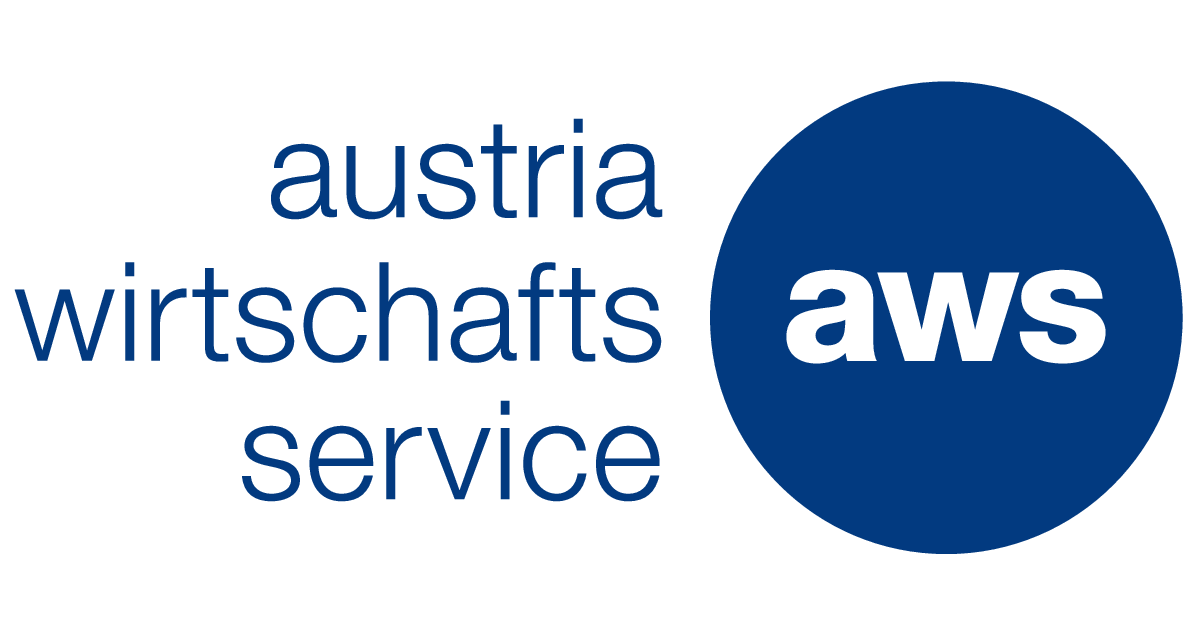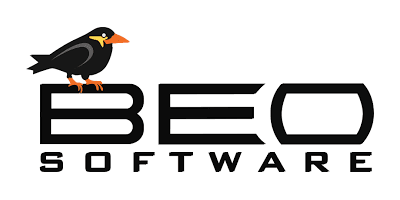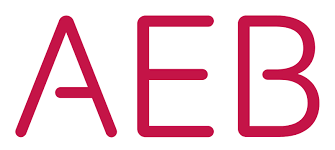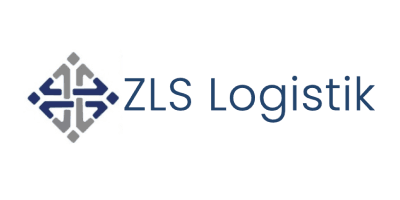Key Factors for IDP Service Provider Selection - IDP Blog Series (Part 3)
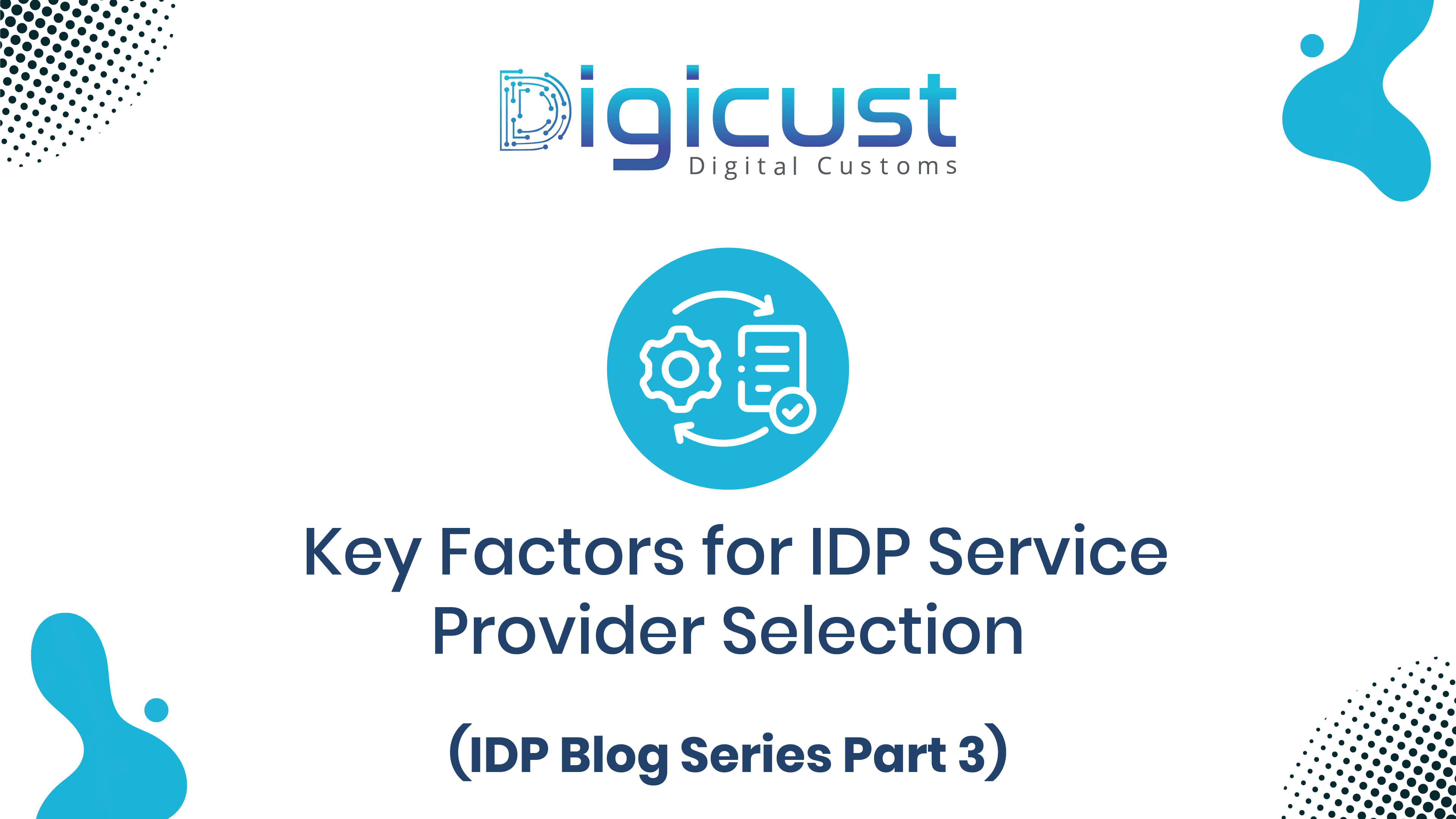
Key Factors for IDP Service Provider Selection
Last week, the focus was set on describing general prerequisites for using OCR technology and an intelligent document processing (IDP) system, and which role these technologies will have in a paperless future. However, when selecting a technology and/or solution provider for IDP systems, the following factors need to be considered:
- industry type (for which the IDP system shall be applied) and company size,
- industry experience,
- document diversity and number,
- the AI's learning capability and machine validation,
- user experience & interface
- end-to-end or self-service offer,
- prices per document or per page,
- price/performance ratio,
- type of OCR and value added services,
processing time.
In today's blog, the factors "industry type and company size", "industry experience", and "document diversity and number" will be covered.
Industry Type & Company Size
Depending on the needs of the customer, self-service IDP is desired or full automation by the service provider, also known as end-to-end IDP. In simple businesses as well as in larger companies that are willing to spend money and time to get a working product, a self-service offering is a good choice. Achieving end-to-end automated data delivery can be easy because of the simplicity of the business, i.e. low document complexity, and the resources needed are available to pay the technology partner and also free up their own staff to do it.
For highly complex businesses like that of a customs service provider, it is very difficult to achieve an automated solution. Neither the money is available for an investment, since customs should cost nothing and investment only if it really pays off, nor is the need so great to use a pure data extraction tool, a pure artificial intelligence (AI)-based OCR tool. The time savings are too small if only the problem of manual data entry is eliminated. On top of that, it is a very complex business. Therefore, for a customs service provider, a complete solution with simple API connection to the AI-based OCR tool including many other services will be the right product.
If the technology provider has a suitable process for data delivery, the customs service provider will feel efficiency gains right from the start and can enjoy daily increases in efficiency. The great thing about this is that the customs service provider's effort is kept to a minimum. This is particularly important if the digital transformation is to be realized successfully. After all, customs specialists quickly become skeptical.
Industry Experience
It is very important for a service provider to meet this criterion, as it is otherwise a challenge to understand how best to use the technology. Conversely, the buying company lacks the technological know-how and it becomes difficult to develop a suitable solution (certainly one of the main reasons for the frequent failure of OCR technology in customs clearance). Few people would argue that a service provider with technological knowledge and a buying company with customs know-how complement each other. This is true to some extent.
However, e.g. in customs clearance, data scientists, software engineers, proper product owners, UX designers and customs specialists with IT know-how are necessary to get things going here. All these parties need to engage a lot with customs IT, customs data and customs law, regulations & processes to achieve an end-to-end IDP system.
Document Diversity and Number
The fewer different document types from different suppliers arise, and the higher the number of these documents there are to process per day, the higher the probability of success for accurate and automated document processing.
Digicust Support & Next Blog
As written in the first blog of this blog series, Digicust perfectly supports you in your IDP journey. This way you can quickly leverage from huge day 1 efficiency increases, enjoying automated IDP with little or no implementation effort at all.
However, 3 Critical aspects to assess the right IDP vendor have been described in this blog. As described at the beginning of the blog, much more needs to be considered when selecting the right tech and / or solution provider.
Hence, we will continue to describe the other factors in the subsequent blogs. In next week's blog, the very significant factors of "machine validation" plus "user experience and interface" will be highlighted. We hope you enjoyed the reading of today's blog.
Have a good day and stay tuned!
News from our Blog
Learn about customs clearance, foreign trade, our product updates and our latest achievements.

